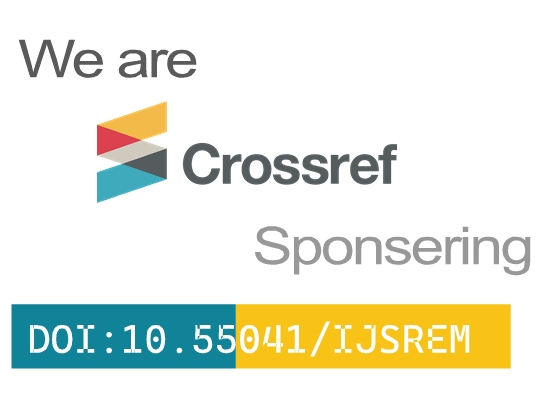Deep Convolutional Networks for Crop Disease Diagnosis: A Survey on Architectures, Feature Engineering, and Explainability for Real-Time Agricultural Deployment
Yashwardhan Bhosale1 , Prof. S.N.Shelke2 , Shravan Sutar3 , Shravani Chaskar4
1 First Author: Department of Computer Engineering, Sinhgad Academy of Engineering, Pune
2 Second Author: HOD-Department of Computer Engineering, Sinhgad Academy of Engineering, Pune
3Third Author: Department of Computer Engineering, Sinhgad Academy of Engineering, Pune
4Fourth Author: Department of Computer Engineering, Sinhgad Academy of Engineering, Pune
Abstract –
This research explores the intersection of Artificial Intelligence and modern farming techniques, specifically focusing on Precision Agriculture and its potential to transform traditional crop management practices for 21st-century food security challenges. Within this broad domain, our work concentrates on leveraging deep neural networks and computer vision to diagnose plant diseases from images, bringing together expertise from machine learning, digital imaging, plant pathology, and agricultural engineering to develop practical diagnostic tools for field use. The urgency of this research is underscored by the devastating reality that plant diseases cause approximately 30-33% of global crop losses annually, while traditional expert-based visual inspection methods remain slow, expensive, subjective, and often detect problems too late to prevent significant damage.
Current deep learning approaches, despite achieving impressive accuracy, face critical limitations including high computational costs, demanding hardware requirements, lack of interpretability in decision-making processes, insufficient labeled data for rare diseases, high variability in field conditions, and the inability to provide real-time diagnostics without cloud connectivity. To address these challenges, this survey advocates for compact convolutional architectures such as MobileNetV2 and EfficientNetB0 that can be deployed on low-power devices while maintaining diagnostic accuracy..
Key Words: Precision Agriculture, Deep Learning (DL), Convolutional Neural Networks (CNNs), Lightweight Architectures (MobileNetV2, EfficientNetB0), Explainable AI (XAI), LIME, Transfer Learning, Feature Engineering, Image Segmentation, Edge Computing, Mobile Deployment.







